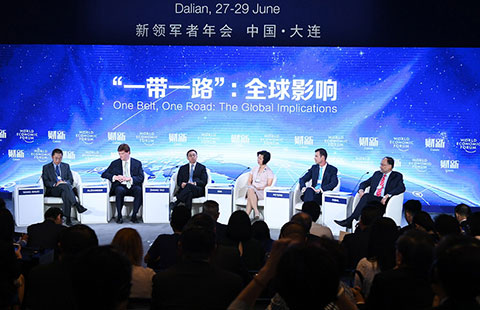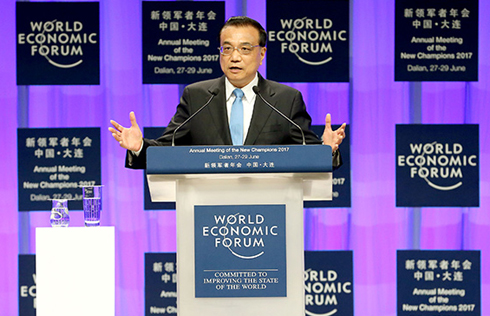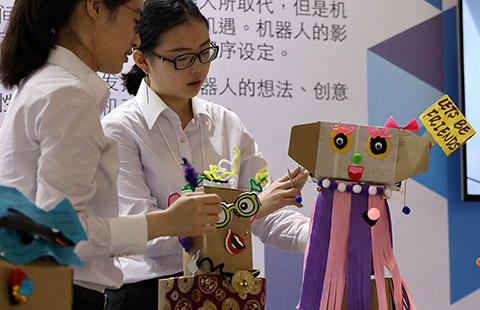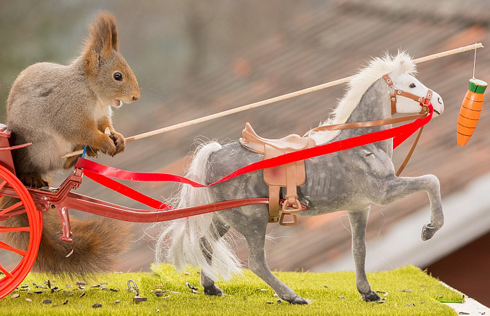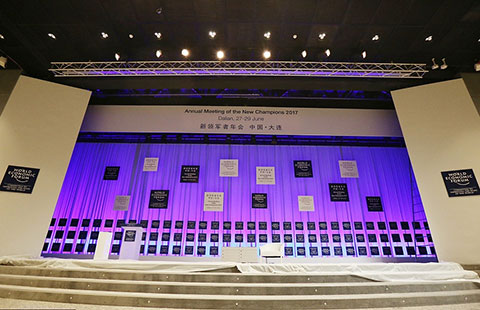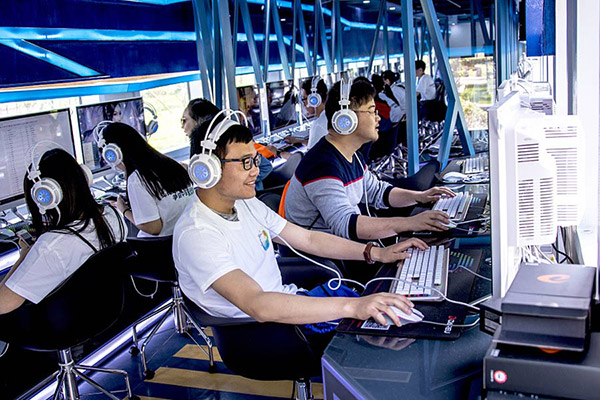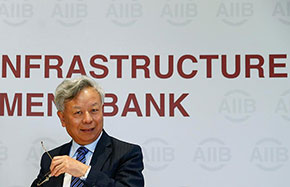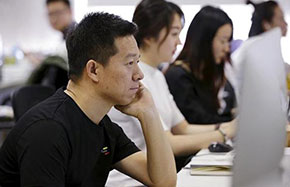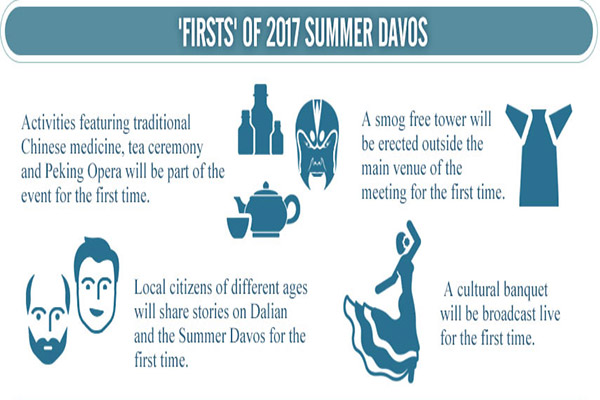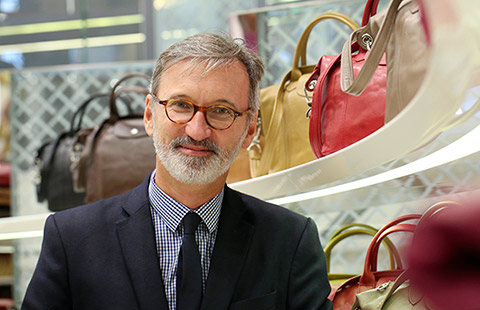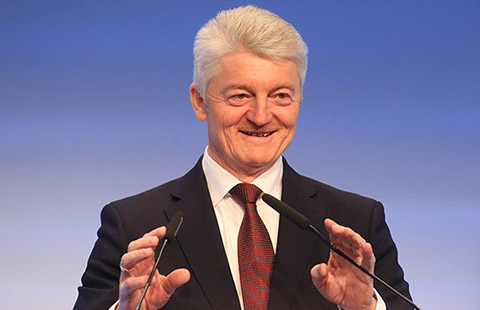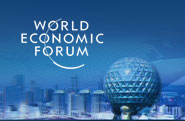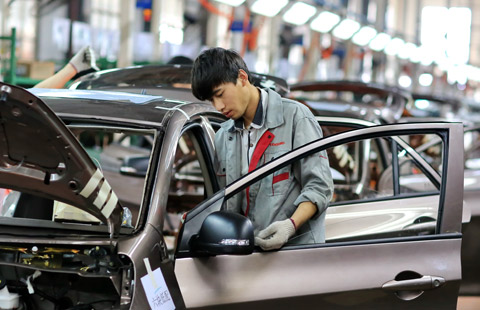Creative thinking benefits Shanghai & HK
|
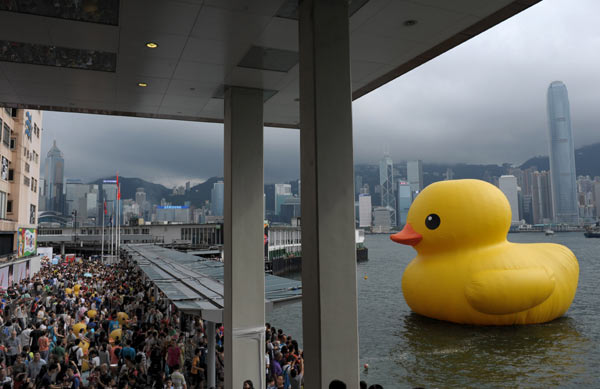 |
Hong Kong's duck mania sparks interest in innovative marketing
Fang Jinqi, a well-off 32-year-old real estate agent from Shanghai, goes to Hong Kong at least once a month to stock up on the latest fashion and savor the finest Cantonese food served at eateries known only to connoisseurs.
But this month, she is going not so much for the food or shopping but to take a good look at the giant rubber duck that has mesmerized and fascinated so many locals as well as tourists.
"Yes", she admitted, "it's for the duck this time" - but she's not the only fan of the three-story tall creation of Dutch artist Florentijn Hofman, that has been the star of the Hong Kong harbor in recent months.
The strong demand for harbor-view rooms in Hong Kong hotels is testament to the flood of duck-loving tourists from the mainland and elsewhere coming to Hong Kong to view Hofman's work.
The duck mania has even earned an honorable mention from Chief Executive Leung Chun-ying.
At the 2nd Annual Urban Land Institute Asia Pacific Summit in Shanghai earlier this month, Leung said that the giant duck has proved the economic value and importance of successful creative ideas, which can help to boost tourism, catering, retail and many other industries.
He also said that the special administrative government plans to invest heavily in educating the next generation of creative talent in industry and commerce - efforts which will help bring Hong Kong into a new area of competition with Shanghai whose government also has its eye fixed on promoting innovation and creativity.
Some economists argue that the two cities, pursuing similar economic goals, should be working to complement each other rather than going head-to-head, because they serve clients in entirely different regions.
But others have suggested that healthy competition in creativity as well as other areas including finance, would help instill a sense of urgency in the respective governments of the two cities.
Creativity is certainly taking shape along the waterways of Shanghai, especially in parts of Xuhui district along the west bank of the Huangpu River.
According to Sun Jiwei, Party secretary of Shanghai Xuhui District Committee, the Bund is well known at home and abroad as the image of Shanghai's glorious past, while Lujiazui, the financial center in Pudong, demonstrates the achievements in its recent 30 years of reform and opening up.
The future, he added, is well represented by the west bank area of the river, at Xuhui.
"In this sense, the development of Xuhui district will start the engine of the next round of development of Shanghai and its urban transformation," said Sun at the 2nd Annual ULI Asia Pacific Summit held in Shanghai in early June, an event hosted by the Washington DC based nonprofit research and education organization, the Urban Land Institute.
But as other districts in Shanghai also try to make the best use of the Huangpu river, Sun said Xuhui is keeping its eye firmly on one key word: culture.
- Chinese artist stresses cultural creativity
- Crowd funding fueling creative projects in China
- Funding kickstarts creative research
- Shanghai aims to be capital of creative design
- Cultural and creative industry to prosper
- More TV operators needed for HK creative industry
- Creative trailers showcased in Suzhou







